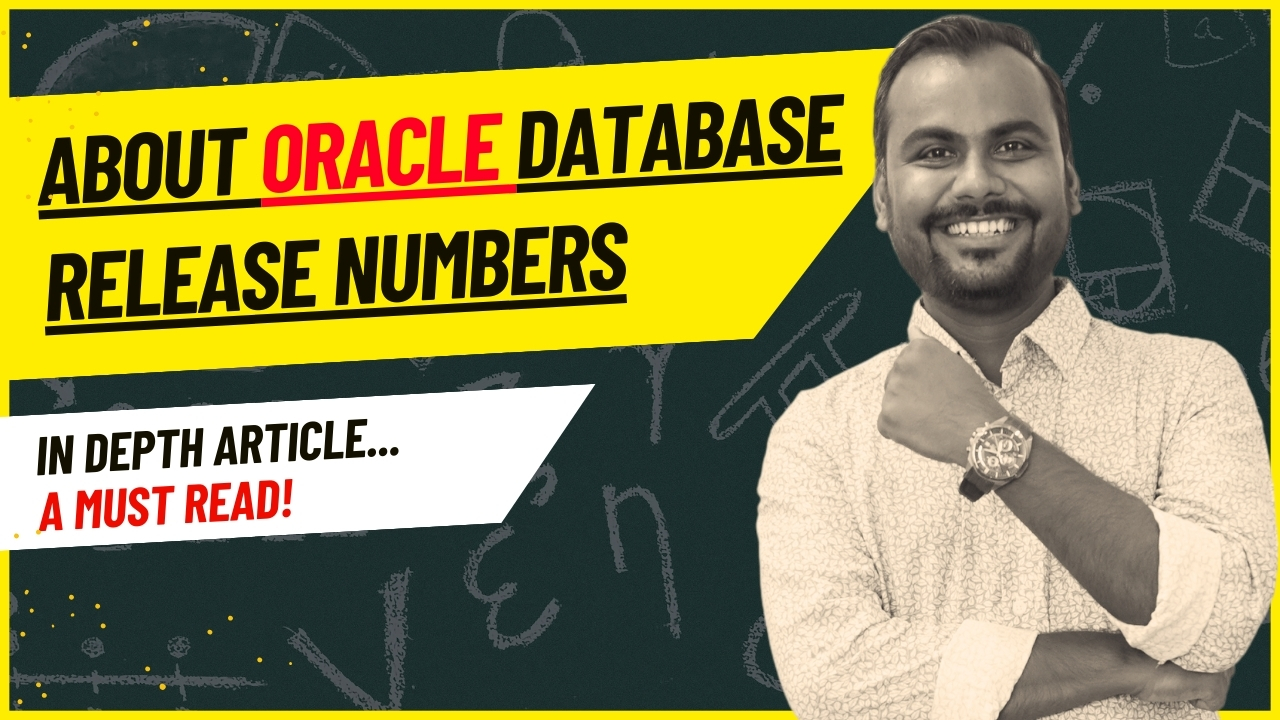About Oracle Database Release Numbers
- Oracle products adhere to a custom release-numbering and naming convention.
- In the current release, Oracle Database 23c, the “c” stands for “Cloud.” Previous releases, such as Oracle Database 10g and Oracle9i Database, used the suffixes “g” for “Grid” and “i” for “Internet,” respectively. Prior to the release of Oracle8i Database, Oracle Database naming conventions did not include suffixes.
- Oracle Database releases are categorized into version releases and version_full releases.
- The version release is designated in the format major_release_version.0.0.0.0. The major release version corresponds to the last two digits of the year when the Oracle Database version is first released. For example, the Oracle Database version first released in 2018 is designated as 18, making its version release 18.0.0.0.0.
- The version_full release updates a version release and is designated based on the major release version, the quarterly release update version (Update), and the quarterly release update revision version (Revision).
Oracle Database release numbering uses the following structure:
- First numeral: Indicates the major release version, which corresponds to the last two digits of the year of the initial release.
Second numeral: Represents the release update version (Update or RU).
Third numeral: Indicates the release update revision version (Revision or RUR).
Fourth numeral: Reserved for future use and is currently always set to 0.
Fifth numeral: Though rarely used, this field can provide a numerical value that clarifies the release date of a release update (RU), such as in 19.7.0.0.200414. - This release numbering system ensures clarity and consistency across Oracle Database versions, helping users identify and manage their database versions effectively
.








